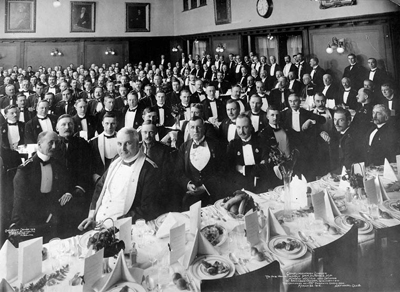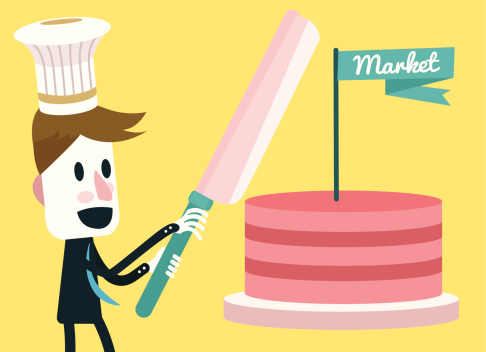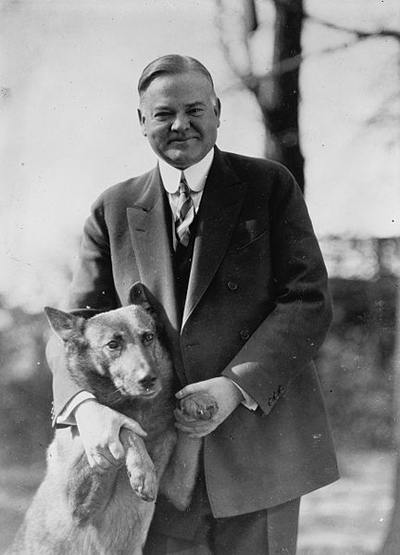The panic of March 1929 was scary: It threatened investors’ ability to sell their stocks and make real cash fortunes at last. But when it was over, the scare didn’t last. People went right back to investing in the stock market as if nothing had happened--until Black Thursday. How could that be? Read these tabs to find out.
The Kindness of Businessmen
What Goes Up…Better Not Come Down!
Confidence at the Top
No Plan B

Charles Mitchell’s personal $25 million loan encouraged Americans to believe in the market. If this wealthy, smart businessman had that much faith in the market, why shouldn’t they? And if Mitchell was willing to step in to save the market when it was in trouble, surely other wealthy big businessmen, like the ones shown here, would do the same if the market were ever in trouble again.

The stock market had always risen before, so people believed it would keep rising--unless they refused to invest in it. If they didn’t buy stock, then the stock market would certainly fall. If you wanted a piece of the stock market pie, you had to keep investing. That seemed like the only option to keep the market strong.

President Hoover remained confident that the economy would keep rising. He had promised an end to poverty, and he was sticking by that promise. He did not begin any federal regulation of the stock market after the mini-crash, and he presented a cheery face to the nation.

Having a "Plan B" means having an alternative ready in case your original plan falls through. If you want to work at the grocery store next summer, that's your Plan A. But if you find out the grocery store is not hiring, you need a Plan B--another idea about where to work (maybe the convenience store). In the 1920s, Americans' Plan A was to make a fortune on the stock market, and they had no Plan B. They had a lot of money invested in the stock market, and they were in a lot of debt from borrowing money to buy stocks. Very few people could walk away from that by selling the stock they had at whatever price they could get, taking their losses, and trying to pay back all that debt. They would rather continue to play the stock lottery than accept their debt.
Question
What did this philosophy lead to?
More debt, as people continued to borrow money to buy stocks on margin.
Drag each cause of continued stock market investment to the proper category.
|
The stock market had risen all through the 1920s.
|
Long-term cause
Short-term cause
|
|
Charles Mitchell’s $25 million loan.
|
Long-term cause
Short-term cause
|
|
President Hoover’s continued confidence in the stock market.
|
Long-term cause
Short-term cause
|
|
People were in debt from years of investing.
|
Long-term cause
Short-term cause
|
Complete
